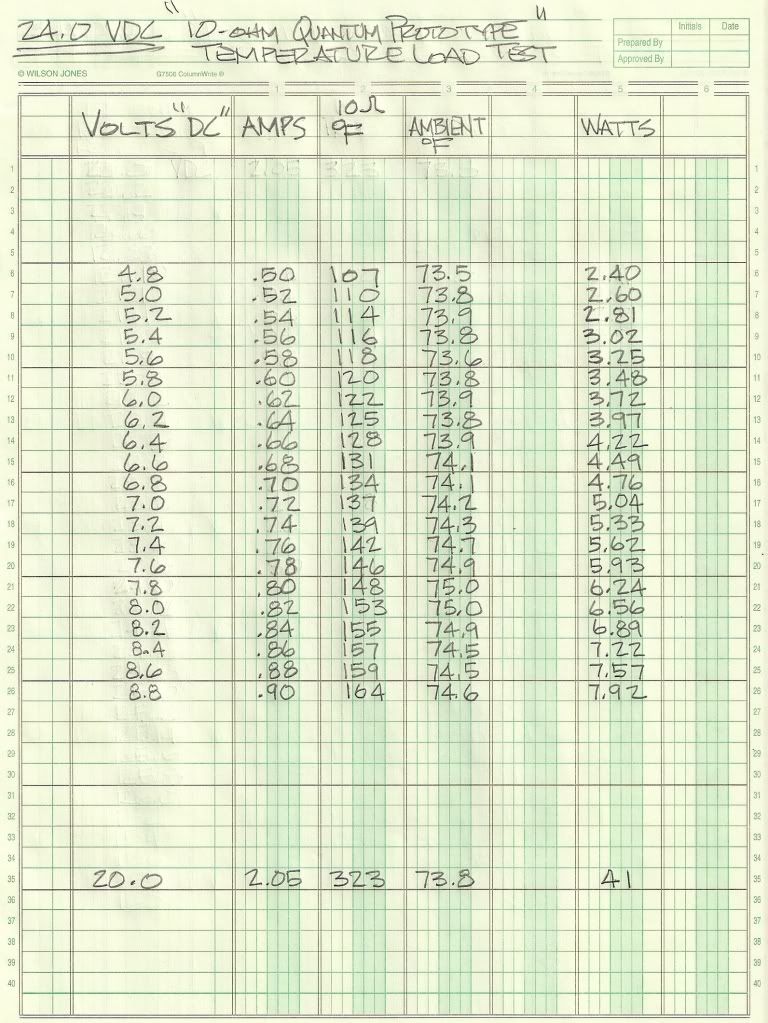That looks like Telflon Plumbing tape but I could be mistaken. If it is, I doubt that it will work well as a heater above 327°C. This material is known as PTFE (polytetrafluoroethylene) and has a melting point of 327°C.
But if all you are doing is replicating Glen's tests - then is should be ok as most of his stuff is well below that temperature.

But if all you are doing is replicating Glen's tests - then is should be ok as most of his stuff is well below that temperature.






Comment